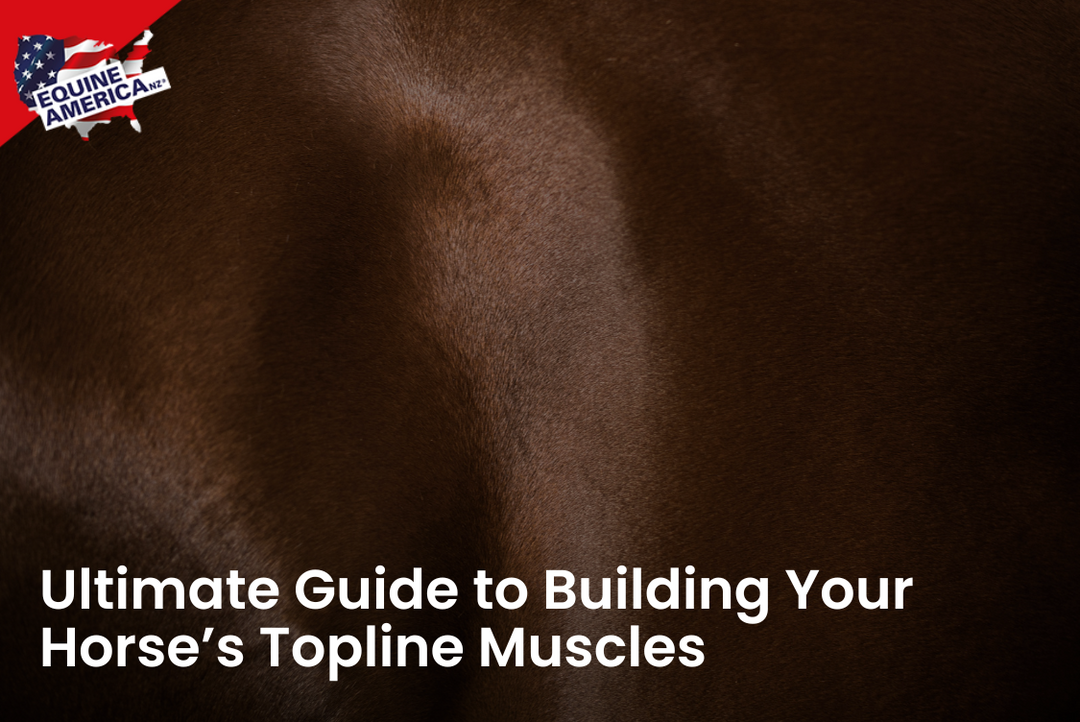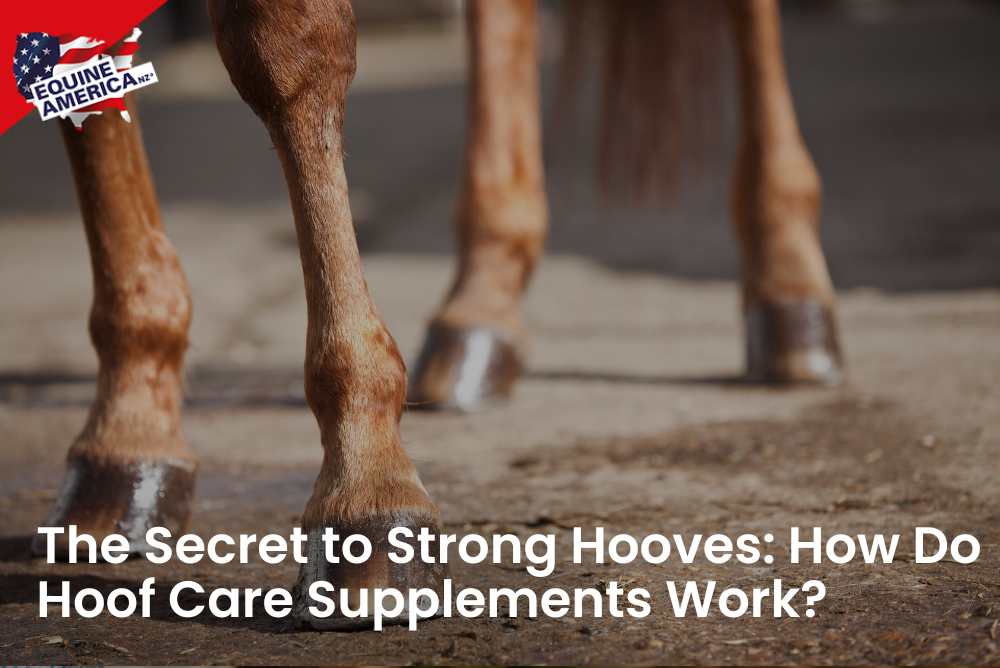Understanding Dressage Saddles
Dressage saddles, exclusive to English-style riding, possess unique characteristics that set them apart. These saddles feature:
- Deep Seat: The deep seat provides stability and balance for the rider during dressage movements.
- High Pommel and Cantle: The elevated pommel and cantle help maintain the rider's upright position and stability.
- Long, Straight Flaps: Dressage saddles have elongated flaps, accommodating the longer leg position required in dressage riding.
- Unique Girth Attachment System: The dressage saddle incorporates a specific girth attachment system for secure positioning.
Exploring Regular Saddles
Regular saddles, such as those used in hunter, jumping, or all-purpose riding, differ from dressage saddles in several ways:
- Seat Depth and Positioning: Regular saddles have varying seat depths, allowing riders to adapt to different riding styles and disciplines.
- Flap Length and Shape: Unlike dressage saddles, regular saddles feature shorter flaps that facilitate shorter stirrup lengths for jumping and other disciplines.
- Girth Attachment System: Regular saddles typically utilise a conventional girth attachment system.

Comparing Riding Experience: Dressage Saddle vs. Regular Saddle
Switching between a dressage saddle and a regular saddle can significantly impact a rider's experience:
- Rider Position and Balance: The design of a dressage saddle promotes a deep seat and an upright posture, ensuring stability during dressage movements. Regular saddles offer a more versatile riding position suitable for various disciplines.
- Rider Cues and Aids: The specific features of a dressage saddle facilitate subtle communication between the rider and the horse, emphasising precision and refinement. Regular saddles provide a different feel and responsiveness based on their design.
- Comfort and Stability: Dressage saddles prioritise rider comfort and stability during extended periods of sitting trot and collected movements. Regular saddles offer different levels of comfort depending on the specific discipline they are designed for.
Fitting Considerations for Dressage Saddles and Regular Saddles
Proper saddle fit is crucial for both horse and rider. Consider the following fitting factors:
Dressage Saddles:
- Wither Clearance and Saddle Tree Size: Adequate clearance at the withers and proper saddle tree size ensure a comfortable fit.
- Panel Shape and Length: Evaluating the panel shape and length helps provide optimal back support.
- Gullet Width and Channel Clearance: Ensuring the appropriate gullet width and channel clearance prevents pressure points and discomfort.
Regular Saddles:
- Flap Length and Positioning: The flap length and positioning should allow for correct leg placement and freedom of movement.
- Seat Size and Rider Comfort: Choosing the right seat size ensures rider comfort and proper weight distribution.
- Gullet Width and Panel Shape: Assessing gullet width and panel shape helps achieve a suitable fit for the horse.
Choosing the Right Saddle for Your Needs
When deciding between a dressage saddle and a regular saddle, consider the following factors:
- Primary Riding Discipline and Goals: Select a saddle that aligns with your specific riding discipline and goals.
- Professional Guidance: Seek assistance from a knowledgeable saddle fitter or professional to ensure an accurate fit.
- Rider Preferences and Comfort: Consider personal preferences, such as seat depth, flap length, and overall comfort.
Caring for Dressage Saddles and Regular Saddles
Proper maintenance of your saddle ensures its longevity and performance:
- Cleaning and Maintenance: Follow appropriate cleaning procedures and regular maintenance routines for both dressage saddles and regular saddles.
- Storage Considerations: Store saddles in a clean, dry area to protect them from damage and maintain their quality.
- Regular Checks and Adjustments: Schedule regular checks by a professional saddle fitter to ensure proper fit and make necessary adjustments.
- Saddle Pad Selection: Choose suitable saddle pads that provide comfort, support, and appropriate moisture-wicking properties.
Final Thoughts
Understanding the difference between a dressage saddle and a regular saddle is crucial for riders aiming to excel in their chosen discipline. While dressage saddles offer specific features for dressage movements, regular saddles cater to a broader range of riding styles. By selecting the right saddle and ensuring proper fit, riders can enhance their comfort, performance, and overall riding experience. Remember to seek professional guidance when fitting saddles to guarantee the best possible outcome.
If you’re looking for high-quality equine grooming supplies, consider exploring the range of products offered by us here at Equine America NZ. Our extensive selection of grooming products along with performance-enhancing supplements provide you with suitable options to support your horse’s overall health and performance.
Please give us a call at Equine America NZ today at 0800 440 888 to learn more or leave an enquiry.




